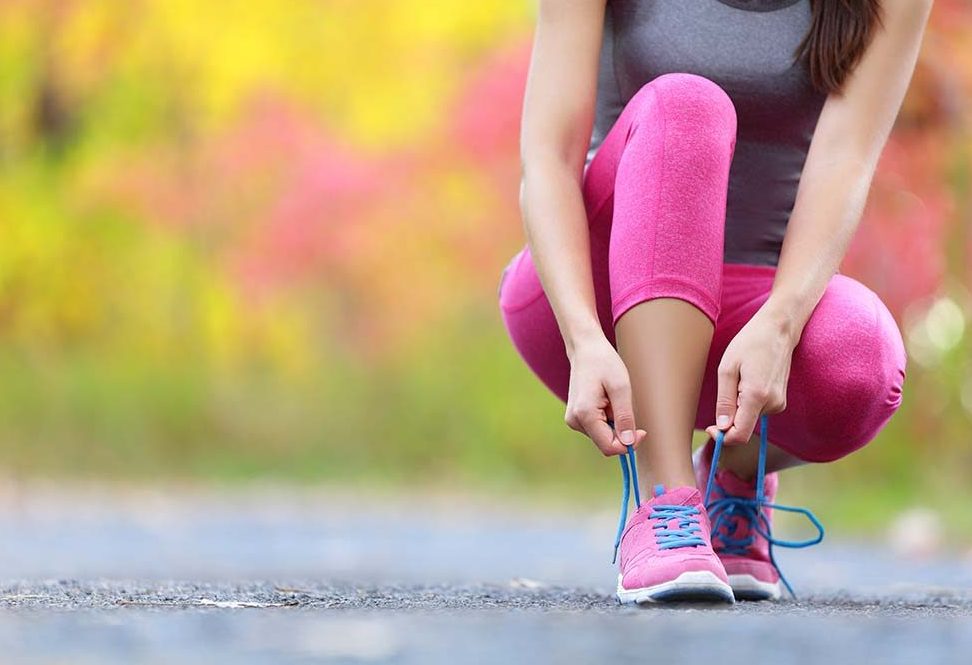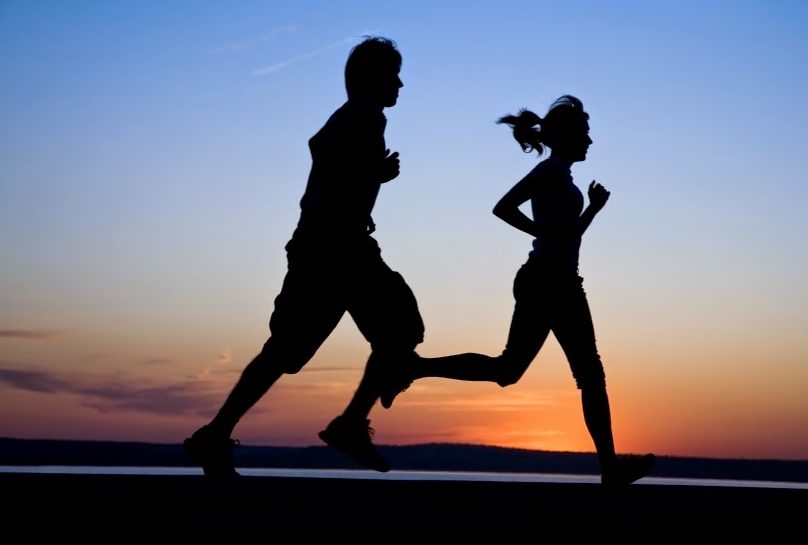What You Need to Know About the Benefits of Jogging

Jogging can improve your cardiovascular health
Jogging is an excellent cardiovascular exercise that promotes heart health. It helps prevent heart disease and disease. Jogging ensures blood is pumped to the heart faster, which maintains blood pressure. Cholesterol and blood sugar levels are also under control.

better heart health. Walking or jogging is one of the best cardio exercises you can do. If you walk for at least 10 minutes a day, you can significantly reduce your risk of cardiovascular disease. Runners cut their odds of dying from heart disease in half.
Jogging can help you lose weight
It’s true — jogging can help you lose weight. Exercise increases our energy needs and helps burn fat. Over time, however, the body gets used to the regular stress of jogging: we become more efficient and require less energy to perform the same performance—so the body burns fewer calories than it started with.

You need to be in a calorie deficit to lose weight, and jogging is an affordable and convenient way to burn a lot of calories in a short amount of time. Work smarter, not harder, by jogging uphill, interval training, and adding strength training to increase the number of calories you burn in the 24 hours after your jog. Remember, you don’t have to jog every day—including walking days and rest days. Oh, and don’t forget to watch what you eat. A healthy diet is important for many reasons—so eat plenty of fruits, vegetables, whole grains, legumes, and healthy fats and proteins.
Jogging can improve your mood
Jogging plays an important role in improving a person’s mental health. When you jog, your body releases hormones called endorphins, which help lift your mood and make you feel positive about yourself. That’s why you feel calm and rejuvenated after a jog.
Physical activity has many health benefits. When you exercise and run, your body releases endorphins and serotonin — chemicals in the brain that improve mood. Regular moderate- or vigorous-intensity running can improve your mental health. Running also improves your memory and learning skills.
Advantages of jogging include weight loss and improved heart health
Aerobic exercise – done at any pace – is great for initial weight loss (if that’s your goal) because it activates so many muscles at once, increasing your energy needs, which increases your calorie burn. For example, jogging at any pace burns more calories than walking. So, depending on your weight, pace and experience level, jogging can help you lose weight or maintain your current weight.

Research shows that consistent running can lower blood pressure and resting heart rate, improve blood sugar control, and lower triglycerides and cholesterol. It also reduces waist circumference and body fat percentage. Improving these markers of health can reduce your risk of disease and help you feel healthier overall.
Disadvantages of jogging include impact on joints and injury
Running has some potentially serious downsides that you should consider before deciding to run on a regular basis. The risk of injury is greater than any other aerobic exercise listed here. Running traumatizes the body, especially the joints of the legs, knees and back, as well as the kidneys. You can minimize this possibility by taking various precautions. Never walk on concrete. If possible, run on a cinder track or dirt track. Asphalt isn’t as bad as concrete, but it’s not as good as dirt either. Always wear well-designed running shoes to minimize impact on your joints, and switch to a new pair when your current ones start to wear out. Women should wear a sports bra or other breast support. Warm up before you start running, not by stretching but by running in slow motion.
Running isn’t for everyone. It’s especially important to know that people with pre-existing joint injuries and those who are more than 20 pounds overweight are at higher risk of injury from running too much. These exceptions aside, the risk of joint injury from running is actually no greater than the risk from almost any form of physical activity.





